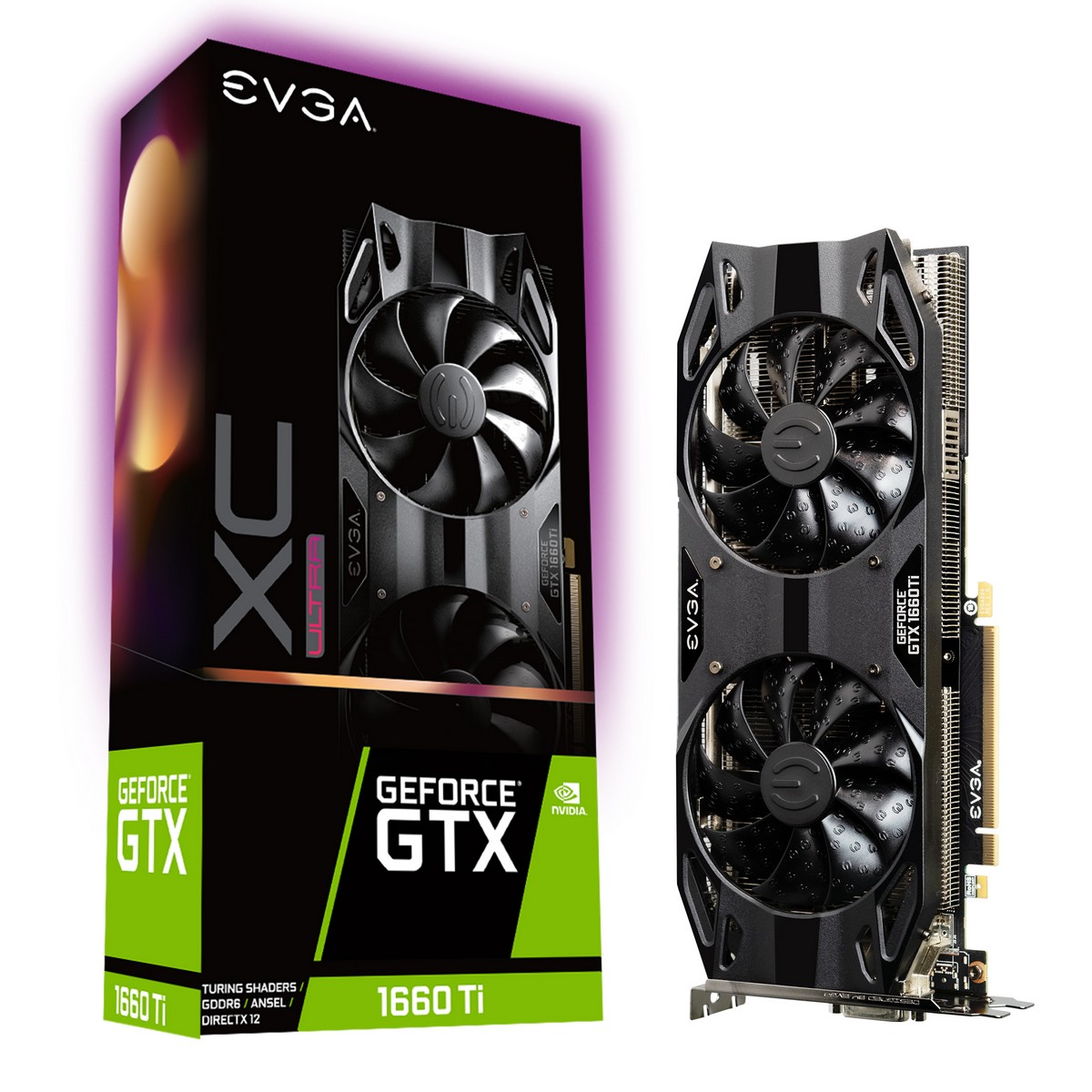
No other changes or performance enhancements were enabled. We enabled the memory’s XMP profile to get it running at the rated 3200 MHz CL16 specification. We used optimized defaults for the system. We updated the motherboard to the latest available BIOS (7B12v16), from August 2019. A single 2TB Kingston KC2000 NVMe PCIe 3.0 x4 drive holds the operating system and game test suite.
#EVGA 1660 ti pro#
A Corsair H150i Pro RGB AIO keeps the CPU cool while a 120mm Sharkoon fan provides general airflow across the test system. The -9900K sits in an MSI Z390 MEG Ace Motherboard along with 2x16GB Corsair DDR4 3200 MHz CL16 RAM (CMK32GX4M2B3200C16). Recently, we’ve updated the test system to a new platform and swapped from a six-core i7-8086K to an eight-core Core i9-9900K. (Image credit: Tom's Hardware) How We Tested EVGA’s GTX 1660 Super SC The heatsink actively cools the GDDR6 memory through some very thick thermal pads. The interesting part here is that the VRMs are not cooled by any contact with the heatsink, but only by airflow from the fans. EVGA likely sources the board from another card a bit higher up the stack. The VRM looks to be a 3+2 flavor with room on the board for additional phases. The heatsink uses a copper base plate that comes into direct contact with the GPU core for cooling. I would like to have seen at least two HDMI or DisplayPorts, if only for that purpose. You'll have to purchase adapters if you want to have multiple displays and prefer using the same connector. The IO panel consists of a DisplayPort, HDMI 2.0b, and DVI-D outputs. All illumination will have to come from your motherboard or other means.

If RGB lighting is on your list of requirements, you will have to look elsewhere as this card does not have any. The SC Ultra sports a black backplate designed to protect the back of the PCB and add rigidity, but it also cleans up the look of the card. The grey shroud has EVGA, Geforce GTX, and Super branding emblazoned across the top. The SC Ultra’s design is fairly simple, using a two-fan setup with a shroud surrounding the fans and covering the heatsink below.


 0 kommentar(er)
0 kommentar(er)
